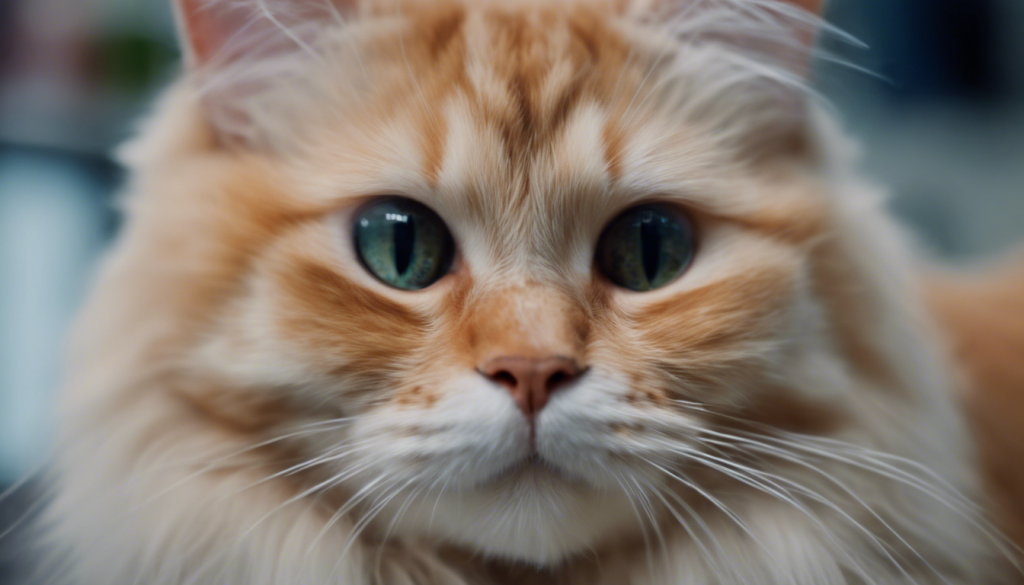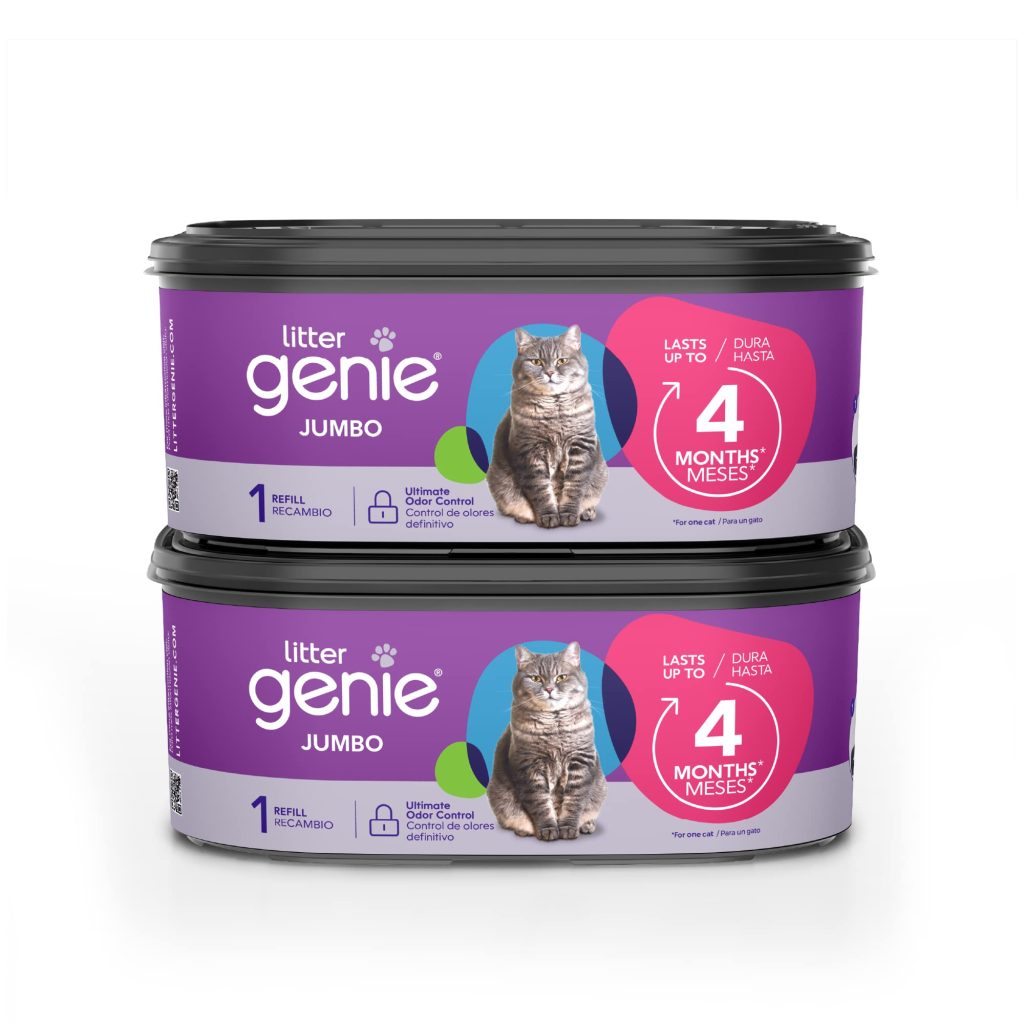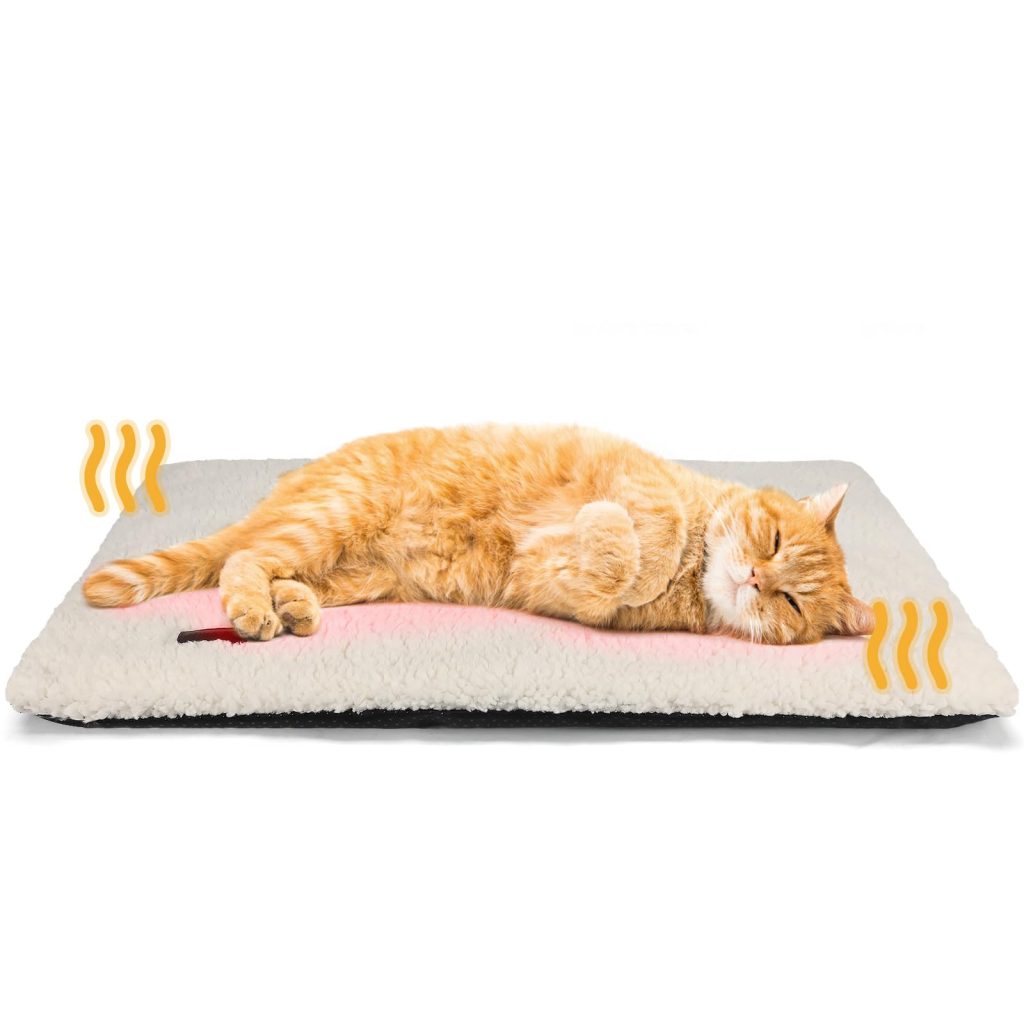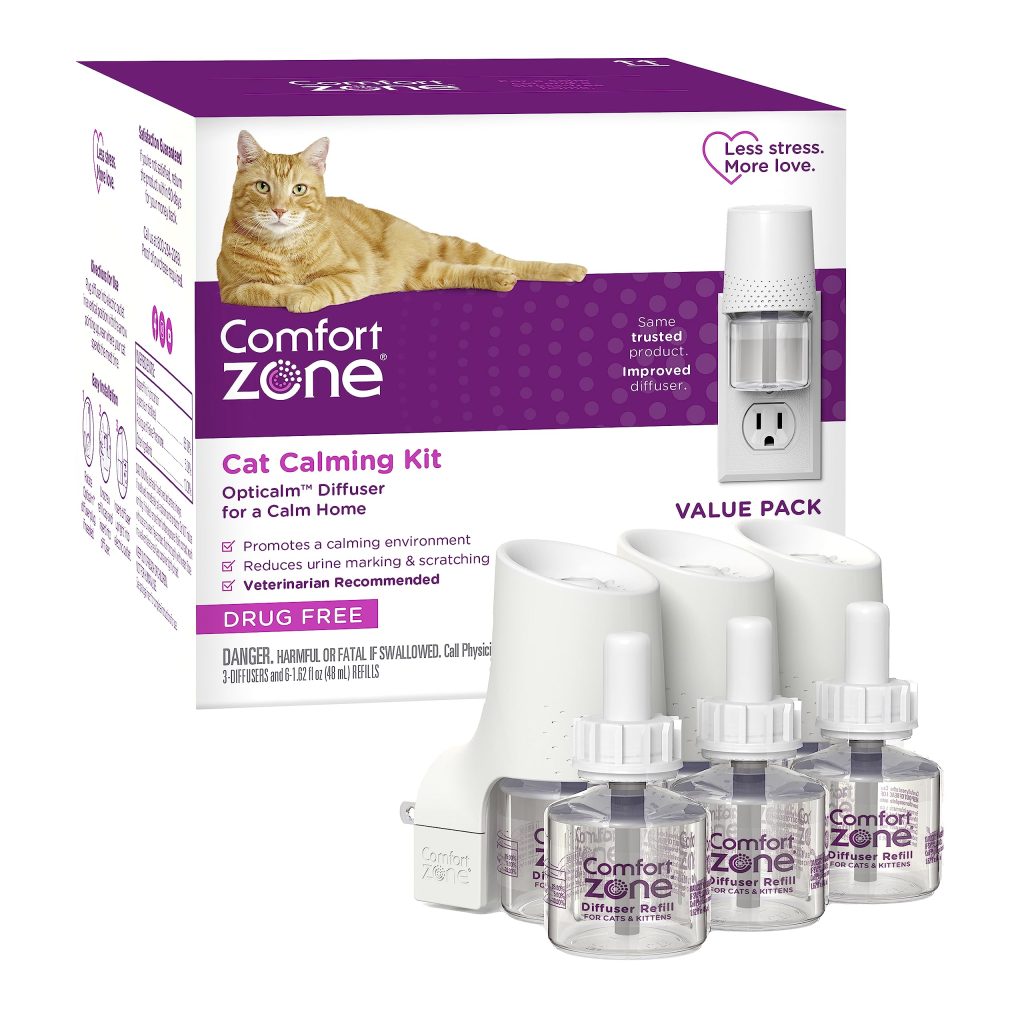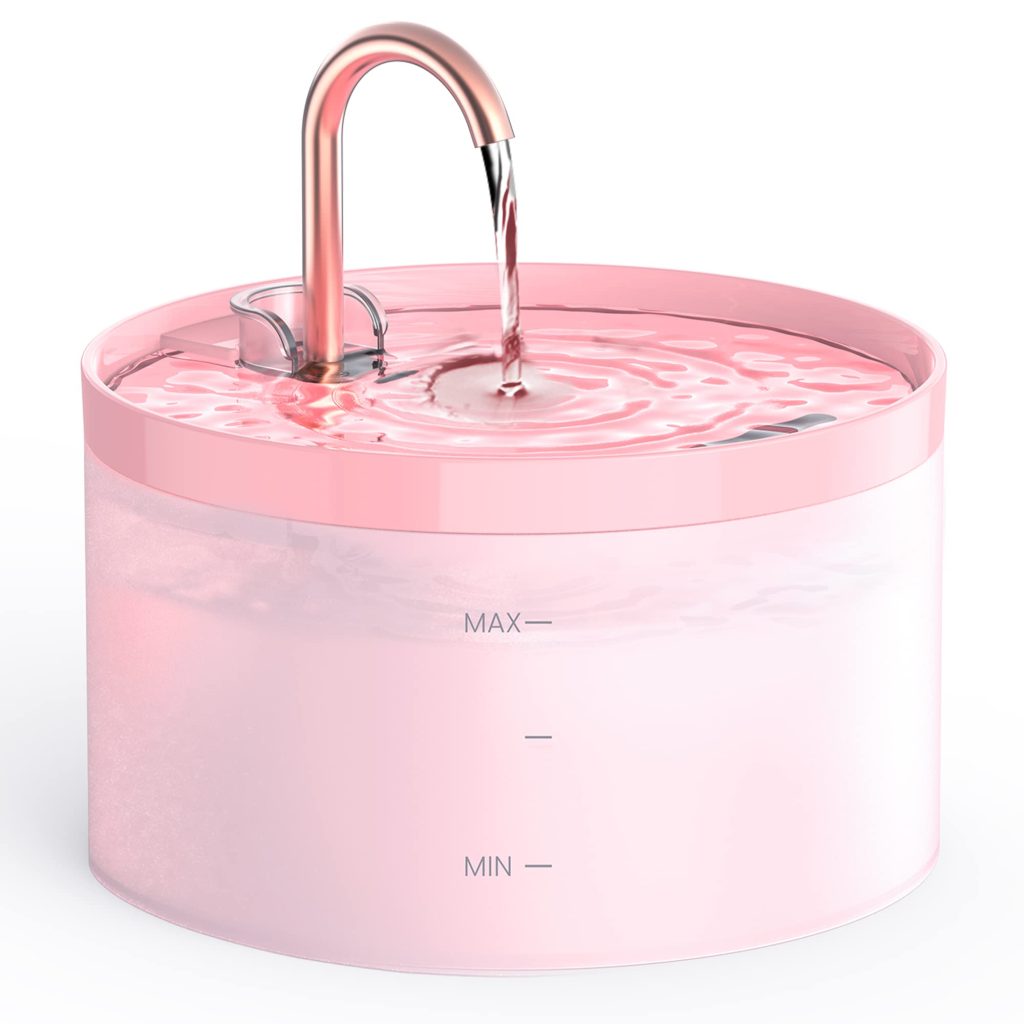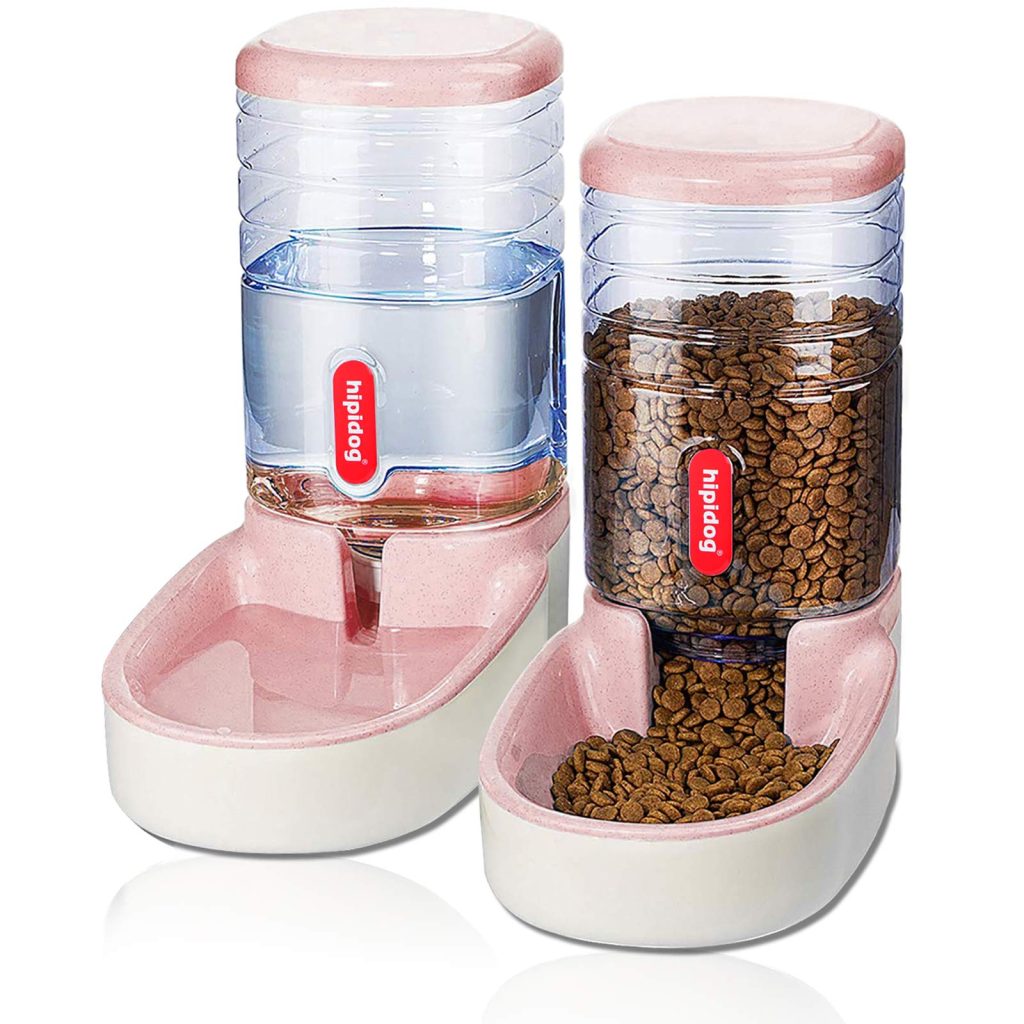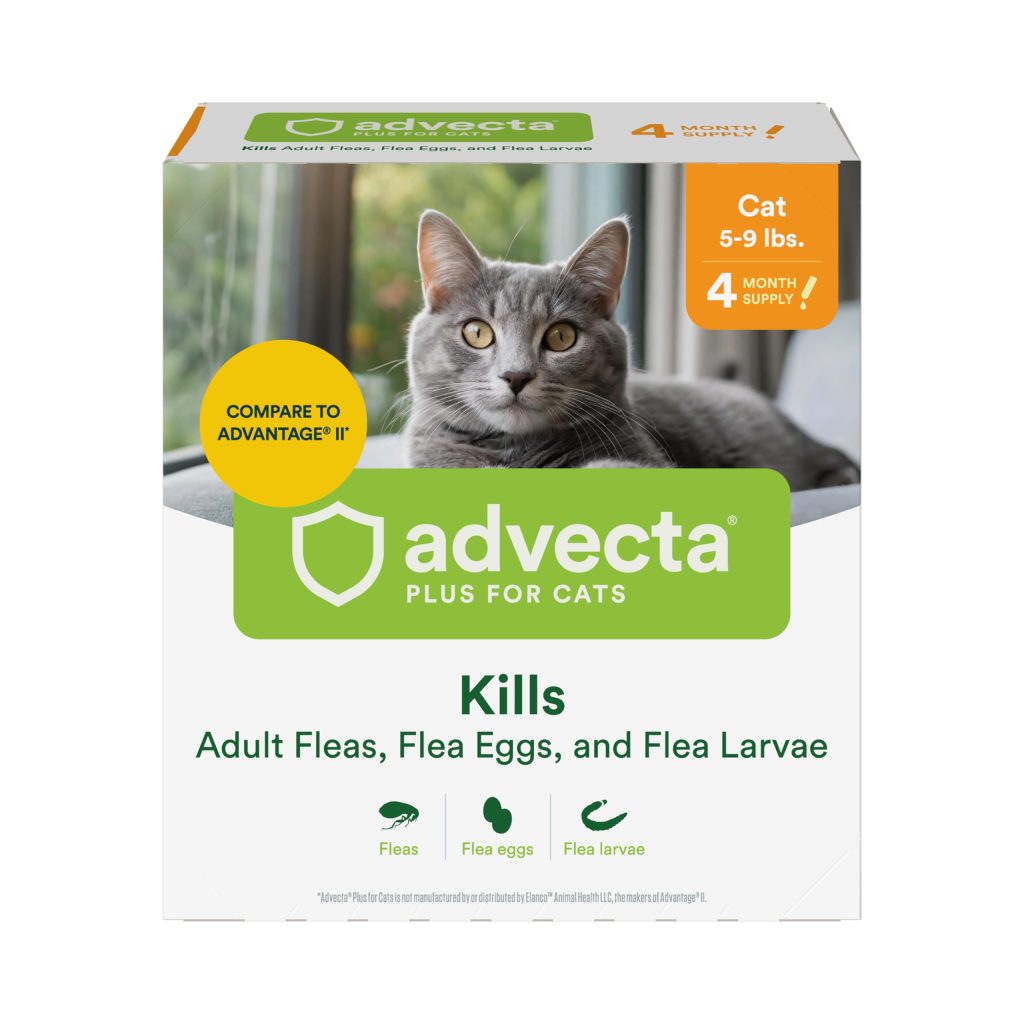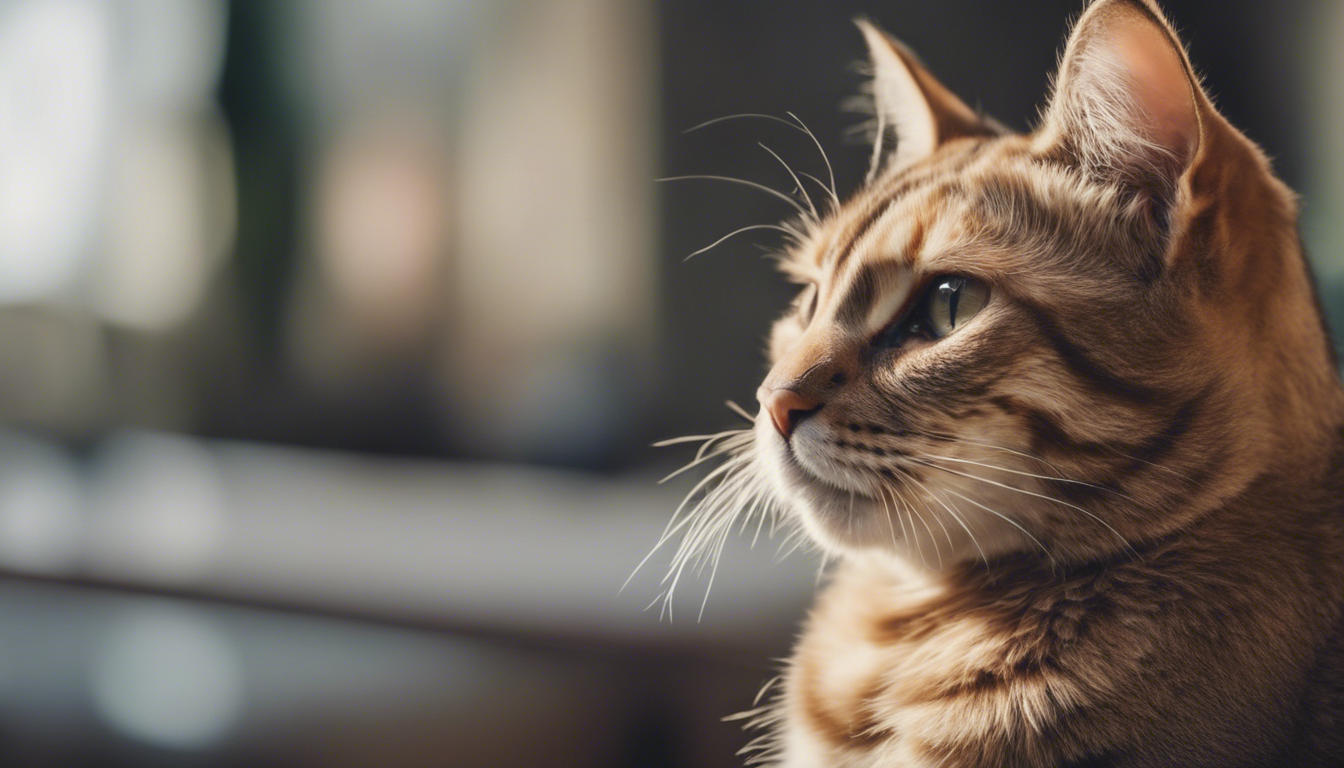
Feline marking behaviors can be a source of confusion and frustration for cat owners. However, understanding why cats engage in marking behaviors is essential for improving their behavior and strengthening the cat-owner relationship. Marking is a natural behavior for cats, and it serves as a means of communication and territorial declaration.
Relevance to Feline Behavior and Communication
Marking behaviors, such as urine spraying and rubbing against objects, are ways for cats to communicate with other cats and their human companions. By leaving scent marks, cats can provide information about their presence, sexual status, and territory. This form of communication is especially important in multi-cat households or outdoor environments where cats may encounter other unfamiliar felines.
Understanding these marking behaviors is important in deciphering your cat’s messages and maintaining a harmonious cat community in your home. Marking can prevent conflicts between cats by establishing boundaries and preventing potential confrontations. By recognizing and respecting these communication methods, you can foster a peaceful coexistence among your feline companions.
Training Techniques for Managing Marking Behaviors
If your cat’s marking behaviors become excessive or start causing issues in your household, there are several training techniques you can employ to manage and redirect their behavior:
- Neuter or Spay Your Cat: One of the most effective ways to prevent marking behaviors is to have your cat neutered or spayed. Unneutered males and unspayed females are more prone to engage in marking behaviors to attract mates or establish dominance. Consult your veterinarian to discuss the appropriate age for the procedure.
- Provide Multiple Litter Boxes: Cats appreciate having their privacy when it comes to elimination, so providing multiple litter boxes can encourage them to use appropriate spots. Place the litter boxes in different areas of your home, ensuring easy access for your cat.
- Choose the Right Type of Litter: Cats can be picky about their litter preferences, so experiment with different types and textures to find one that your cat finds appealing. Some cats may prefer unscented litter or a specific brand, so pay attention to their preferences.
- Implement Environmental Enrichment: Boredom and stress can contribute to marking behaviors, so enrich your cat’s environment to keep them engaged and entertained. Provide scratching posts, interactive toys, and vertical spaces for climbing. This can help alleviate their urge to mark as a result of anxiety.
- Use Positive Reinforcement: Reward your cat for using the litter box appropriately by offering treats or praise. Positive reinforcement can help reinforce and encourage desired behaviors while ensuring your cat feels safe and secure in their environment.
Impact on the Cat-Owner Relationship
Understanding feline marking behaviors and addressing them can have a positive impact on the cat-owner relationship. By recognizing when your cat is marking and taking appropriate steps to manage their behavior, you can create a more relaxed and peaceful home environment.
Additionally, addressing marking behaviors allows for better communication between you and your feline companion. By understanding the reasons behind their actions, you can respond with empathy and provide solutions that meet their needs. This strengthens the bond between you and your cat and fosters trust and understanding.
Remember, every cat is unique, and finding the right approach may require patience and perseverance. If marking behaviors persist despite your efforts, consult with a veterinarian or a professional animal behaviorist for further guidance.
To build a rewarding relationship with your cat, it’s important to comprehend their marking behaviors, appreciate their communication methods, and provide them with an enriched and secure environment. By taking these steps, you can create a harmonious living space for both you and your feline companion.
